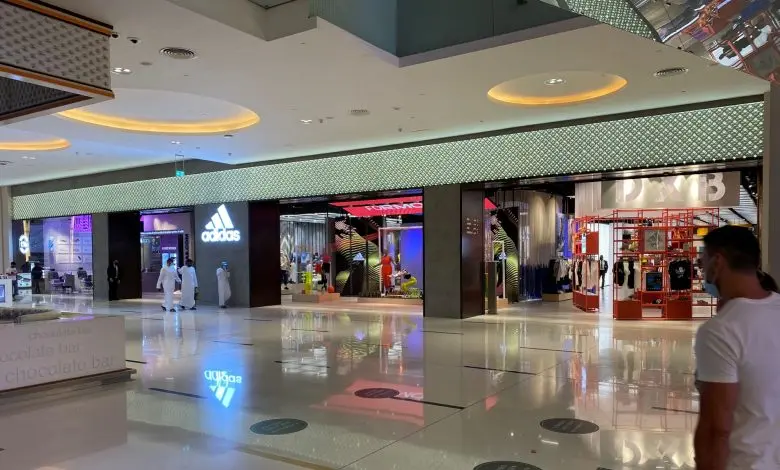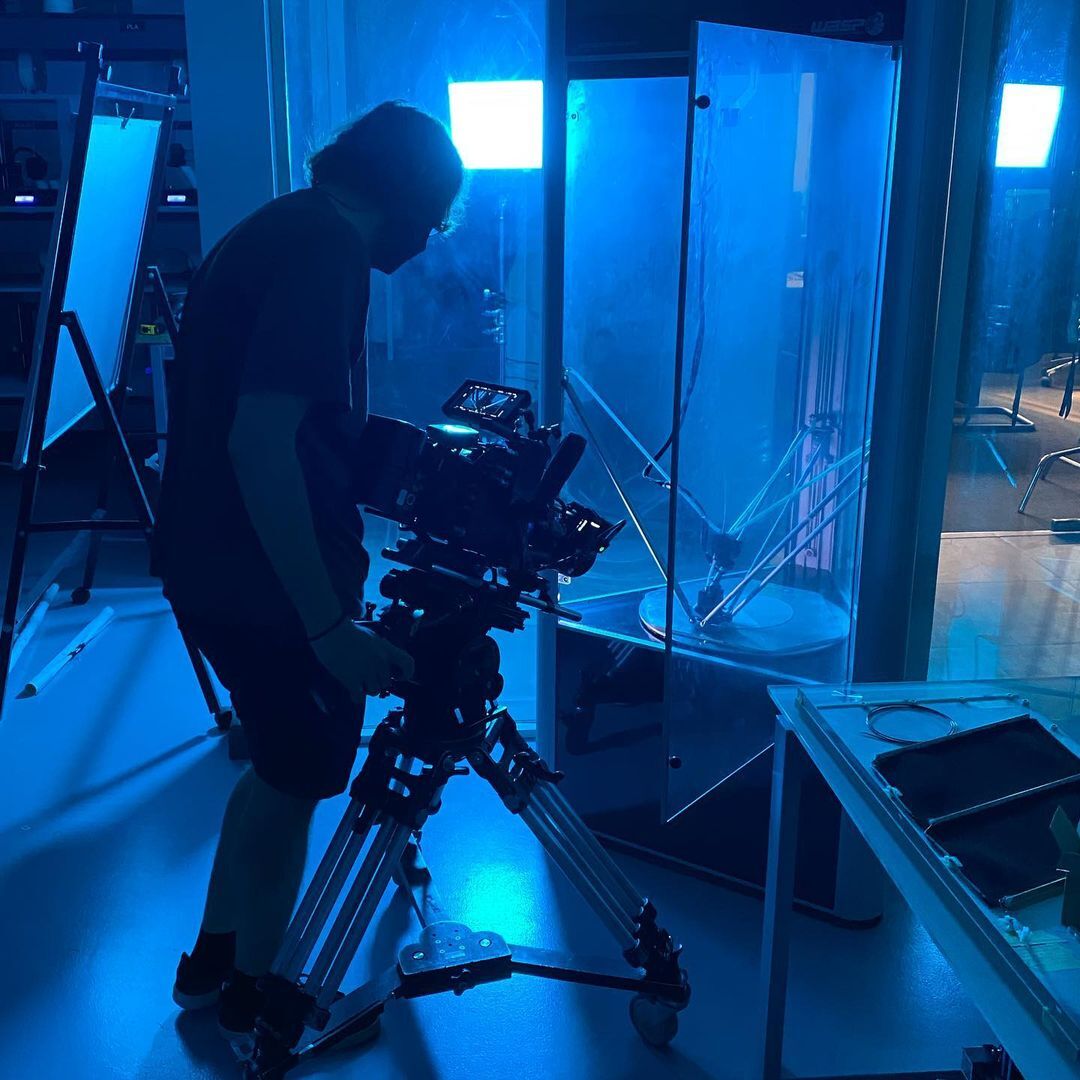3D printing basics: How it works

No matter what industry you are operating in, there is a good chance that you have heard of 3D printing. This technology, which initially began as a specific niche service, is now projected to ‘remodel’ the world of production.
The economic, environmental, and creative benefits of 3D printing are continuing to attract a wide array of business owners from around the globe who are eager to have their products printed in this manner.
If you want to know about 3D printing basics, keep reading to learn how it works.
1. Understand The Different Kinds Of Manufacturing.
First things first, if you want to know the basics of 3D printing, then you need to understand how this type of manufacturing is different to the types you are more used to working with and that have been dominant in the past.
3D printing is essentially additive manufacturing, which refers to the process of creating three-dimensional objects by adding layers of material, rather than subtractive manufacturing, which forms raw materials into the desired shape through cutting.
In order to print something, you need to have an object blueprint (a digital file) that gets plugged into the printer – usually through a USB device. Also, the appropriate materials are required in the form of liquid or powder so that they can be melted down to create the additive layers which are accumulated to form the three-dimensional object.
Depending on the size and intricacy of the product, it can take anywhere from a few hours to multiple days to print an object.
2. Take Your Design To Professional 3D Printing And Design Services.
Even if you only have an idea doodled down on a napkin, you can bring that into a company that specializes in professional 3D printing and design services to ensure that your concept comes to life. Alternatively, if you have the design or the model ready, you can seek to have your file transformed into a physical replica by letting a professional service 3D print it.
Rapid prototyping services utilize industrial grade materials to manufacture your prototypes straight from the CAD files. If you do opt to work with a professional service to 3D print, look for one that allows you to upload your CAD file directly to their website (for convenience), and that also provides you with options for post-processing techniques and finish.
3. Pick The Appropriate 3D File Format.
The 3D printing file format is essential in this process as it holds the data needed for your 3D model to be printed through a 3D printer. The file format will hold data including the shape and the geometry of your object, as well as potentially the color, texture, and materials.
However, not all 3D printing file formats work the same, and not all of them can be read by 3D printing software; therefore, it is of the utmost importance that you choose the appropriate 3D file format.
While there are over 30 file formats for 3D printing available, generally, the main ones that are used are STL, OBJ, FBX, and STP. STL is supported by nearly all 3D printers and can be used for rapid prototyping services.
Alternatively, if you want to use multiple colors or materials in your 3D printing, then OBJ is going to be the right file format for your project. FBX is the preferred format for animation due to its support of geometry and appearance-related attributes, while STP is ideal for engineering-related projects.
4. Utilize It To Benefit Your Business.
At the end of the day, if you are choosing to bring some form of 3D printing into your business, then you want to know that you are utilizing it beneficially.
There are plenty of standard business scenarios that 3D printing can help solve. For example, the high costs associated with producing minimum viable products, difficulties in consistently producing high-quality items, different challenges related to the production line, and significant overhead costs.
If you, like many businesses, are struggling with any of these issues, then you may want to consider working with 3D printing experts in Dubai (or wherever you are located).
Choosing to enter this type of partnership will provide you with the tools necessary for you to deal with these challenges head-on and efficiently. After all, there is a reason why so many industries around the world are realizing that 3D printing technology provides new opportunities for firms to reach their potential.
Has your business ever considered using 3D printing for any reason?
If so, what was your experience like and what would you do differently next time? If you haven’t tested out the possibilities with this technology, what is stopping you?
But if you are seriously contemplating harnessing the benefits of 3D printing for your business, consider partnering with us at Proto 21.
We’re always ready to answer any queries you may have, and our team of experts is available to give recommendations on how your business can benefit from this technology.














.svg)








